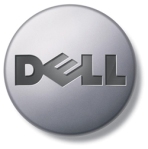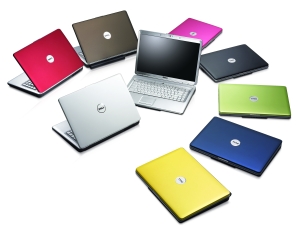In the early 80’s a pre-med student at the University of Texas at Austin, by the name of Michael Dell started an informal business upgrading computers in his dorm. By 2011, this business catapulted his net worth to US$14.6 Billion. More interestingly, this student did not invent any new computer technology, did not attack any new market; yet he completely revolutionized the computer industry, essentially driving mega-corporations like IBM out of the business. At the root of this was a new operating model, a renaissance innovation…
 Dell Computers’ success was based on a new operating model for the computer industry– Traditional computer manufacturers followed the conventional production forecasting, manufacturing , stocking, markdowns cycle. This meant that they had to make bets on what configurations of computers would sell, and hope that they were right. If they turned out to be wrong, they would either compromise on topline growth by not having the latest must-have accessories or feature; alternately they would have to mark down all the unpopular products and with the computer industry’s rate of obsolescence. these markdowns were indeed severe drags on the bottom line.
Dell Computers’ success was based on a new operating model for the computer industry– Traditional computer manufacturers followed the conventional production forecasting, manufacturing , stocking, markdowns cycle. This meant that they had to make bets on what configurations of computers would sell, and hope that they were right. If they turned out to be wrong, they would either compromise on topline growth by not having the latest must-have accessories or feature; alternately they would have to mark down all the unpopular products and with the computer industry’s rate of obsolescence. these markdowns were indeed severe drags on the bottom line.
 Dell turned this operating model on its head. Michael Dell and his informal business decided not to make bets on what computers or configurations would sell– instead he decided to assemble computers as and when there was demand for them. This way, he never had an assembled computer that he had to mark down and his customers were also happier as they could choose exactly what they wanted. Essentially, Dell migrated the computer industry to what is now called a build to order type production system, from the traditional build to forecast system. While it eliminated markdowns and helped Dell keep inventories low, but this came at a price.
Dell turned this operating model on its head. Michael Dell and his informal business decided not to make bets on what computers or configurations would sell– instead he decided to assemble computers as and when there was demand for them. This way, he never had an assembled computer that he had to mark down and his customers were also happier as they could choose exactly what they wanted. Essentially, Dell migrated the computer industry to what is now called a build to order type production system, from the traditional build to forecast system. While it eliminated markdowns and helped Dell keep inventories low, but this came at a price.

With this build to order model, customers had to wait for the computer to be assembled and then delivered. Further, this meant that Dell had to make sure that it didn’t take too long to assemble the computers, which in turn required Dell to have a lot of spare assembling capacity driving costs upward. Dell decided that it was worthwhile to spend a little more on the assembly side to limit the incidence of supply demand mismatches. Turns out, in the computer industry this was the right choice. Customers did not mind waiting and the impact of inventory write-downs and lost sales opportunities was much more significant than the increased costs of production.
The above trade-off lies at the root of many renaissance innovations. Often renaissance innovations help firms better manage their risks but they also go against the conventional wisdom of keeping costs low! Smart renaissance innovators are able to identify industries and markets where the conventional wisdom of cost reduction can be turned on its head.
To summarize, Michael Dell revolutionized the operating model of the computer industry, essentially drove the pioneer in this industry, IBM out of business, created immense wealth, and left an indelible mark on the business world– all armed with this Renaissance Innovation!
